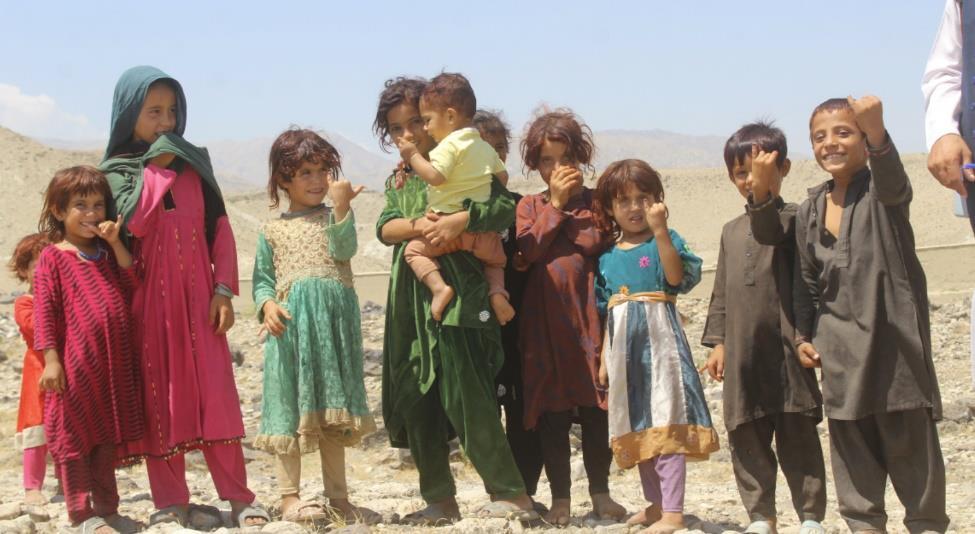
2 minute read
Final Push
2022 may well go down in history as the year of contrasts in the global effort to eradicate polio.
At first glance, with polio detections in places such as New York and London and an increase in cases in Pakistan, it may seem that the effort is backsliding. And while any detection of any poliovirus is a setback— particularly in areas where the disease had been long gone, like southeast Africa—a deeper analysis reveals a more encouraging story: 2022 saw perhaps some of the most significant progress in the programme’s history, and has set up the global polio effort for a unique opportunity to achieve success in 2023.
Advertisement
Endemic wild poliovirus transmission in both Pakistan and Afghanistan is becoming increasingly geographically restricted, with fewer virus lineages remaining active.
The bulk of variant type 2 polio (cVDPV2) cases are also becoming more restricted, with 90% of all global cases restricted to three ‘consequential geographies’ (eastern Democratic Republic of Congo, northern Yemen and northern Nigeria).
And emergency outbreak response efforts to wild poliovirus type 1 in southeast Africa continue to gain momentum.
To evaluate this progress as 2022 draws to a close, independent technical expert and advisory groups are taking an in-depth look at the prevailing epidemiology, assessing impact of eradication efforts and putting forth key strategic approaches to enable an all-out effort against the virus in the first half of 2023.
The first of these groups met in early October, when the Technical Advisory Group (TAG) for Pakistan reviewed vaccination coverage and disease surveillance across the country. Despite the increase in new cases, the TAG found the outbreak to be extremely geographically confined, thanks to concerted emergency efforts led by the government and supported by partners. Today, polio transmission is restricted to the six districts of southern Khyber Pakhtunkhwa province—a fraction of the country’s 180 districts. Encouragingly, the virus has not re-established a foothold outside the core outbreak zone, meaning the traditional reservoirs of Karachi, Peshawar and Quetta are no longer endemic to the virus, a historical first.
More good news came out of the TAG’s analysis of the genetic biodiversity of virus transmission. In 2020, Pakistan had 11 separate chains of virus transmission. This was reduced to four in 2021, and today, just one family of the virus remains in the country. The approaches being implemented in Pakistan are working— despite some serious challenges.
At right, children displaying their “purple pinkies.”
Click here to read more from this article about the positive news regarding Polio Eradication efforts.










